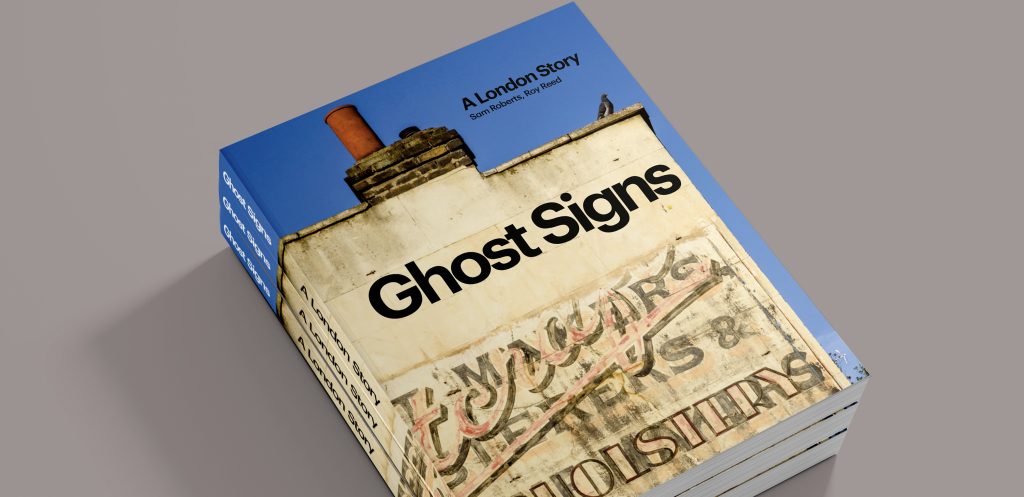
Share:
Ghost signs are fascinating pieces of urban archaeology. Imposing yet hidden in plain sight, these faded advertisements are London’s history written onto the contemporary cityscape. They reveal fascinating stories of everyday life in the capital. From births and deaths to bombs and whiskey, and Alf the Purse King to Bonsoir Pyjamas, each sign has its own story to tell – not just of the business it represents and the people behind it, but of its own improbable survival.
The book showcases around 250 of London’s most impressive and historically significant ghost signs, geo-located, accompanied by archival and other contextual images. Introductory chapters include essays on how they were produced and their restoration and conservation. Signs are then featured in themed chapters that include building, entertaining, branding and, ultimately, burying the city.
Ghost Signs: A London Story will appeal to flâneurs, armchair historians of the urban environment and those interested in design, architecture and typography.



About the authors
Sam Roberts caught the ghost signs bug in 2006 and has since established himself as a global authority on the subject. In 2009/10 he curated the History of Advertising Trust Ghostsigns Archive, and in 2013 launched walking tours in London and beyond. In 2016 Sam co-edited the academic book Advertising and Public Memory: Social, Cultural and Historical Perspectives on Ghost Signs.
Roy Reed has been photographing ghost signs since 2006. He studied documentary photography at the London College of Printing and then worked as a landscape and architectural photographer. His photos have been featured in exhibitions at the Hayward Gallery, the Royal Academy and other places. His interest in writing on walls dates to the 1970s, when he began documenting political graffiti.
About Isola Press
Isola Press makes award-winning books combining image and text. It is open and collaborative, with a strong history of crowdfunding and community support. It works with writers, photographers and important archives.


